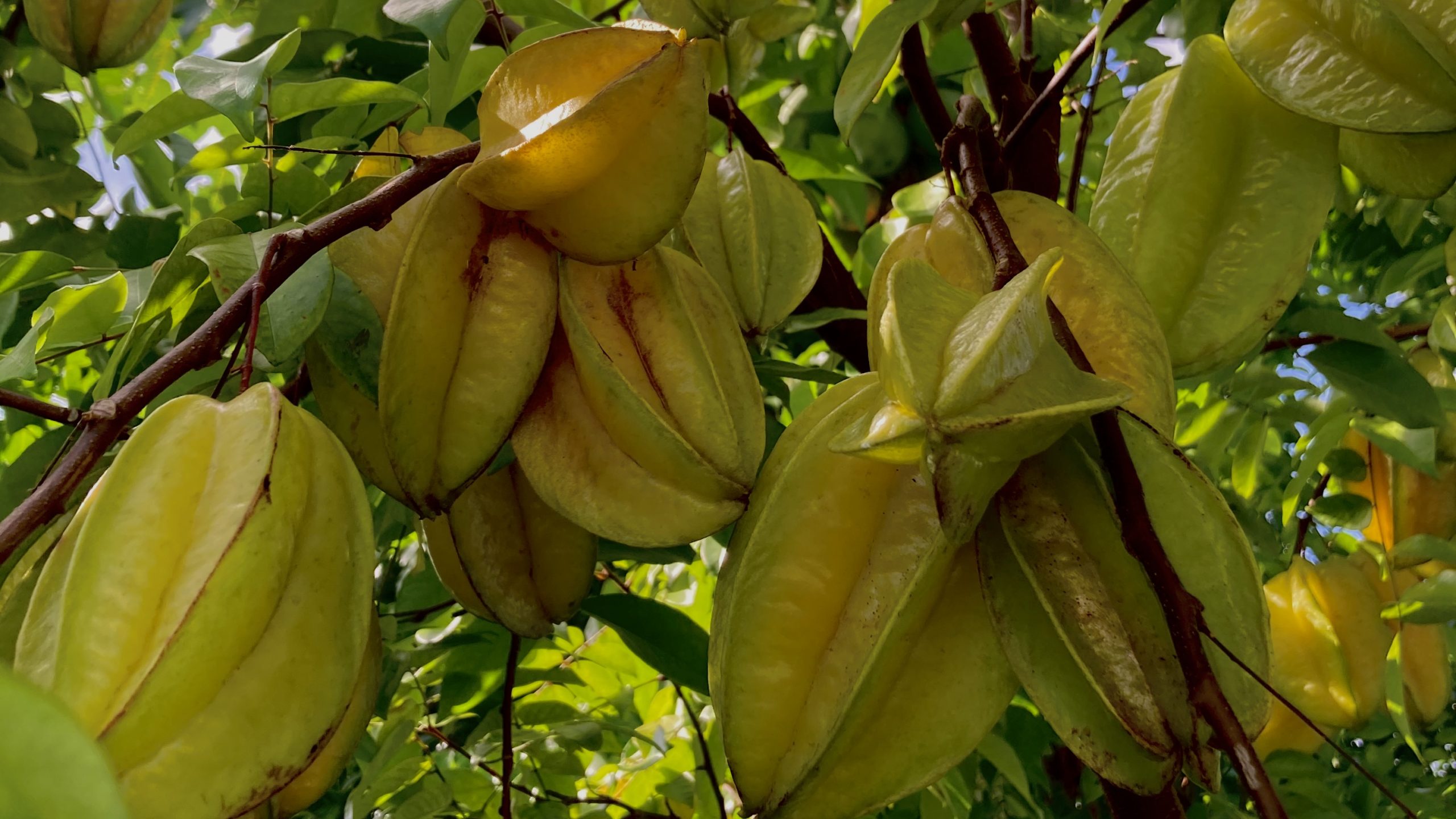Most fruit trees are incredibly productive, however, I have never seen a fruit tree quite as productive as the starfruit. Every year, at least twice a year, it produces a heavy crop. It is beautiful to see its branches laden with starfruit. They bend from the weight and sometimes even brush the ground. As you […]
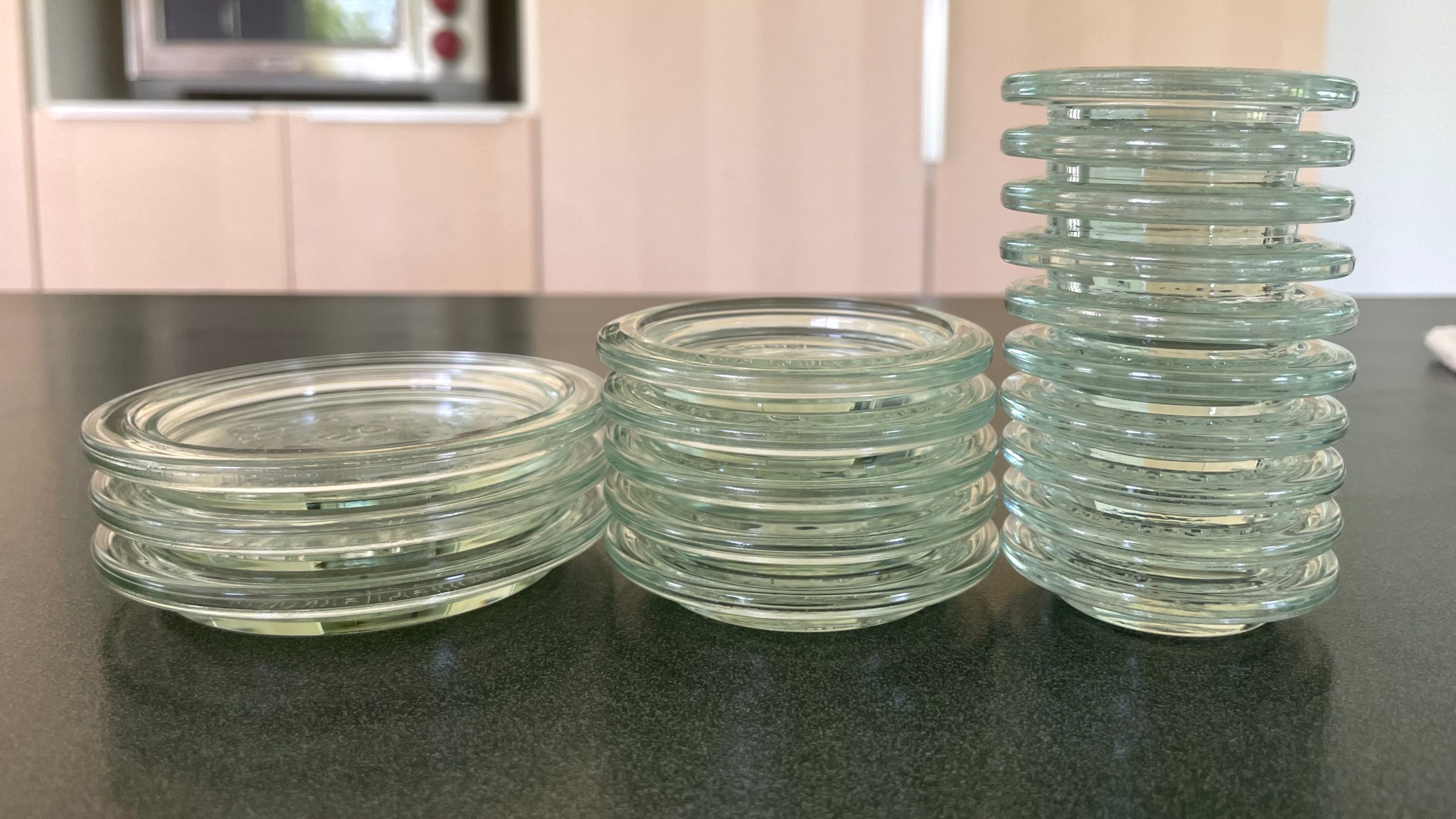
Fermenting vegetables is a great way to preserve your harvests. I love it because it keeps the food in its raw form. This means there are higher nutrient levels in the final product than other preservation methods like canning or dehydrating. Most times when you ferment you need to use something to hold your vegetables down under the brine. There are many products online for this and some simple things you can use that you already have on hand. In my humble opinion, I think I have found the best fermentation weights.
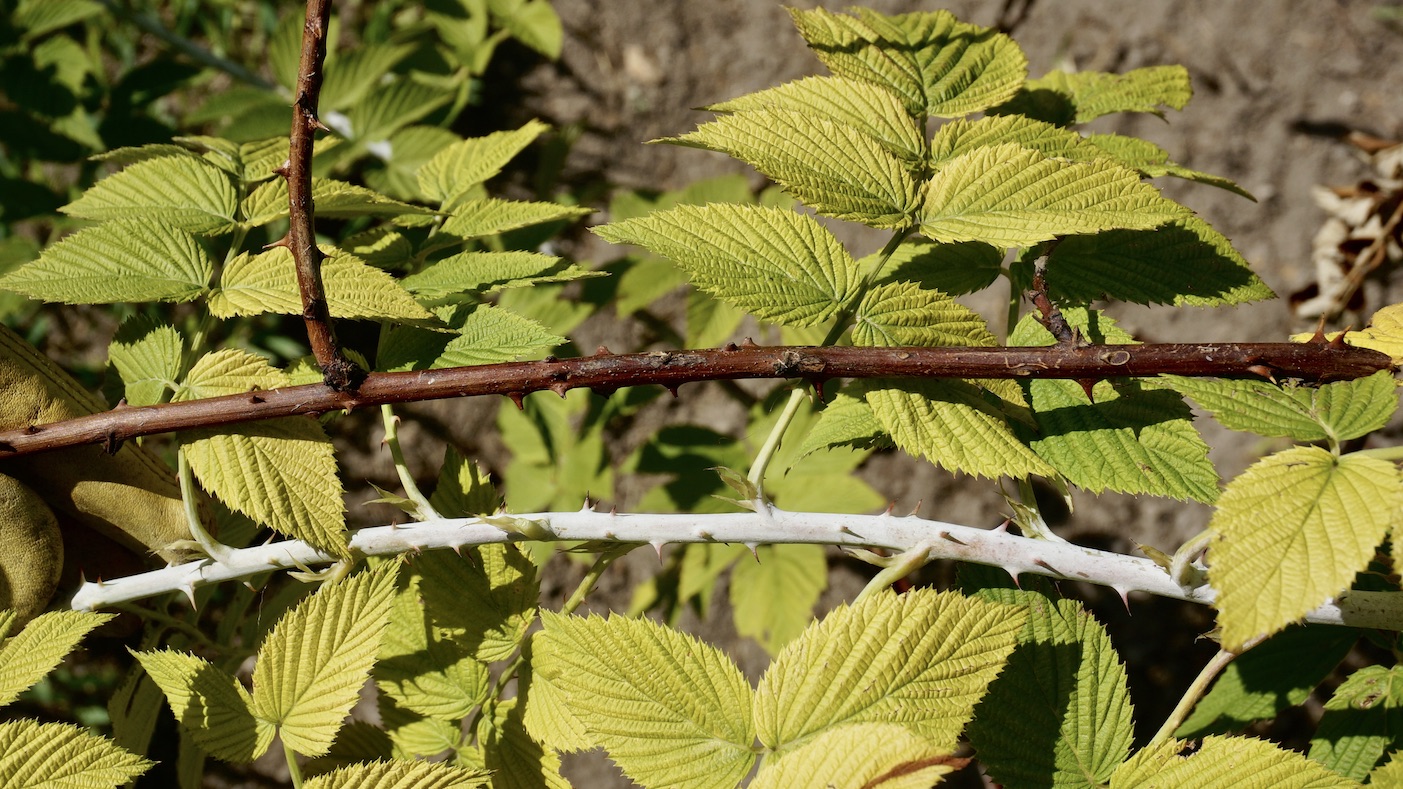
Pruning raspberries is very beneficial. When you prune raspberries you clear out older canes, increase air flow, and encourage lateral branching. Clearing out the older canes is really helpful in making harvesting easier. Some raspberries are thornless, however, the Mysore raspberry is covered in thorns. Even the underside of the leaves have tiny thorns on them! Pruning old canes out removes these thorny canes and increases air flow, which prevents disease. Encouraging lateral branching leads to bigger harvests too since the plant sets fruit on lateral branches.
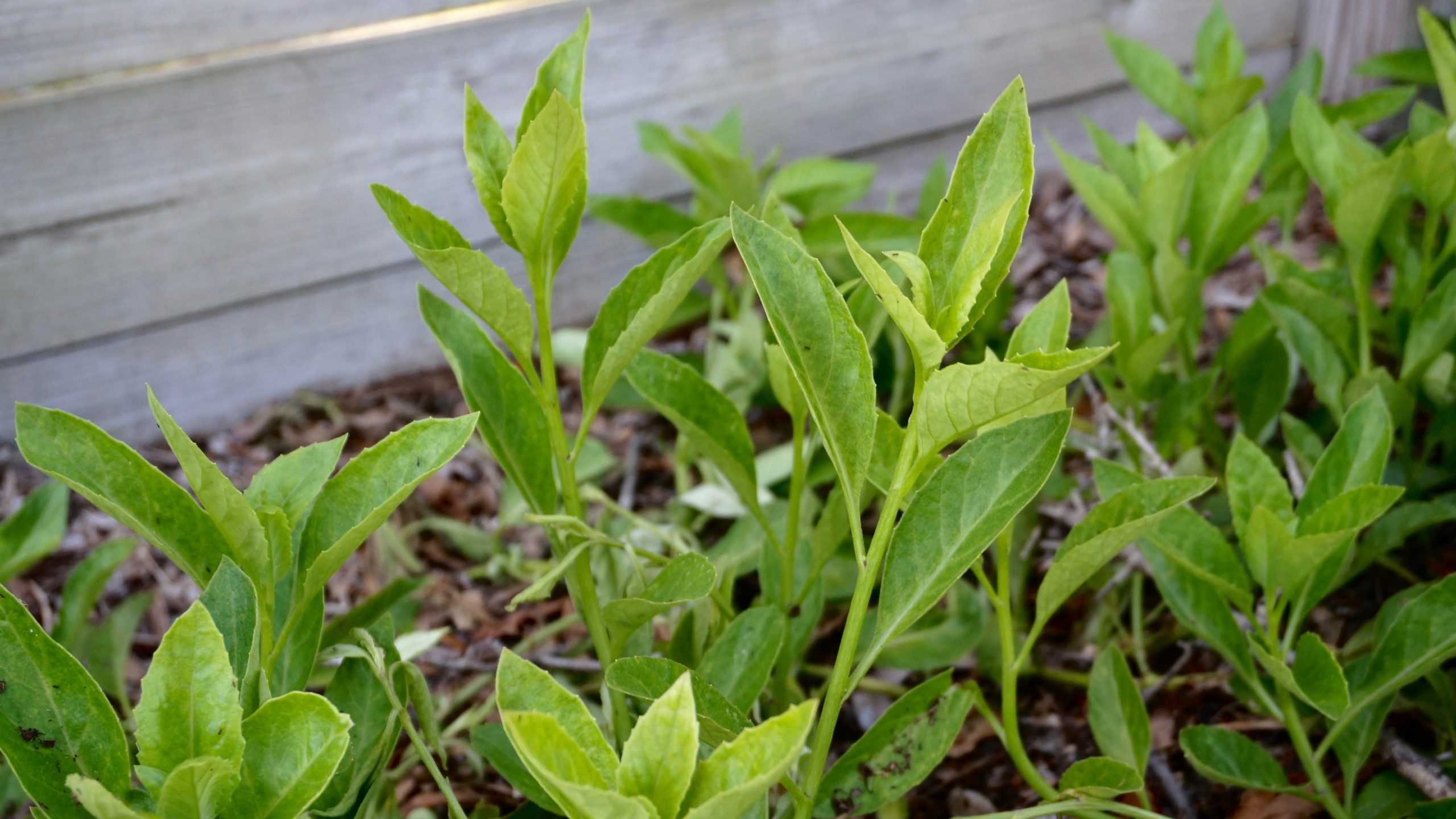
Longevity spinach is a tropical trailing plant with edible leaves. The plant is also called “Sabuñgai” or “Sambung Nyawa.” It belongs to the Asteraceae family and is native to Southeast Asia. Gardeners in different tropical regions across the world grow this plant, and recently it has gained popularity with U.S. gardeners. The longevity spinach is a perennial trailing vine. The stems are green and snap easily when bent. As the plant gets older the base becomes thicker and turns brown in color. The leaves have an opposite pattern and the older ones can reach around 6 inches long.
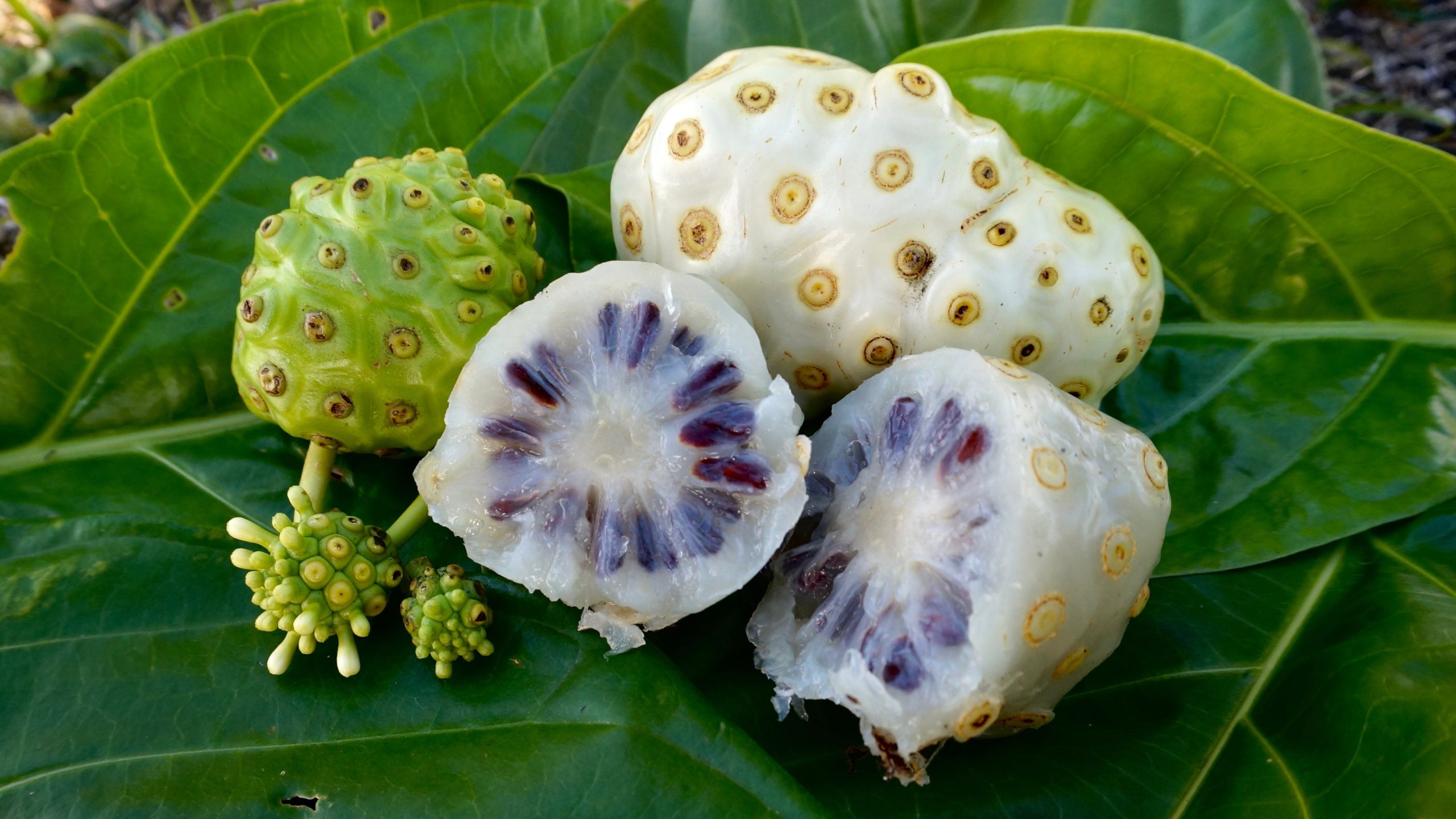
The noni is a tropical fruit that is known for its medicinal properties and cheese like smell and taste. The noni fruit is a multiple fruit meaning that multiple pollinated flowers will mature into one fruit. The fruit starts out green and eventually turns a yellowish white. The ripe fruit is translucent, a grey-white color, and firm yet soft. One fruit can contain over 100 brown triangular-oval shaped seeds. The seeds have an air pocket inside of them which allows them to float. In ideal conditions the noni tree will fruit all year long.
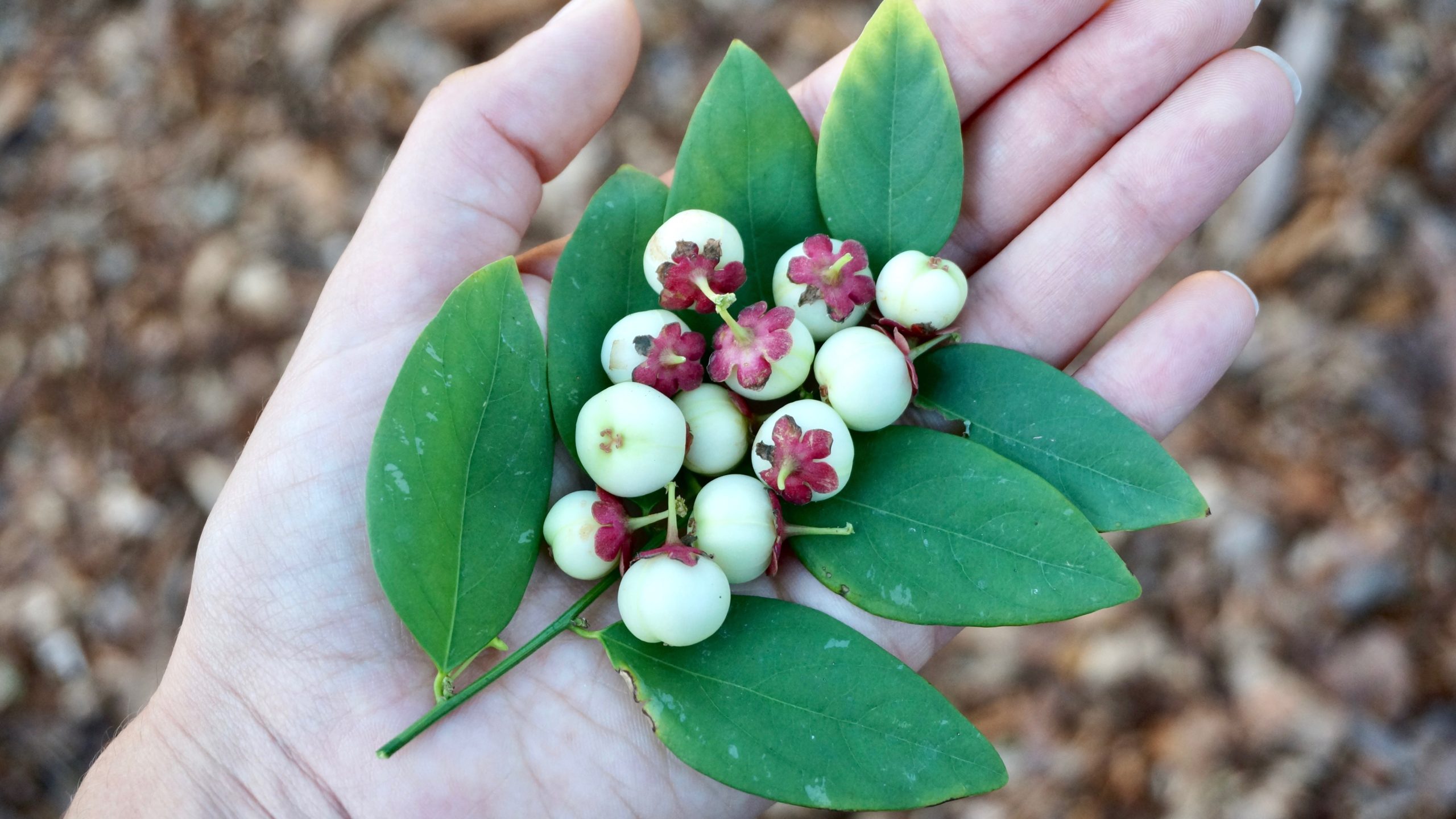
Katuk is a delicious perennial tropical leafy green. I personally consider it to be my favorite leafy green. Katuk leaves have a delicious pea like nutty flavor when eaten raw. I tend to snack on them while in the garden since they are so tasty. It is native to the island of Borneo. It is a popular vegetable in Borneo and other regions of Southeast Asia where it is often used as an ingredient in restaurant dishes. The katuk is a perennial bush. It can grow over 6 feet tall. It is an understory plant that grows best in shady wet areas.
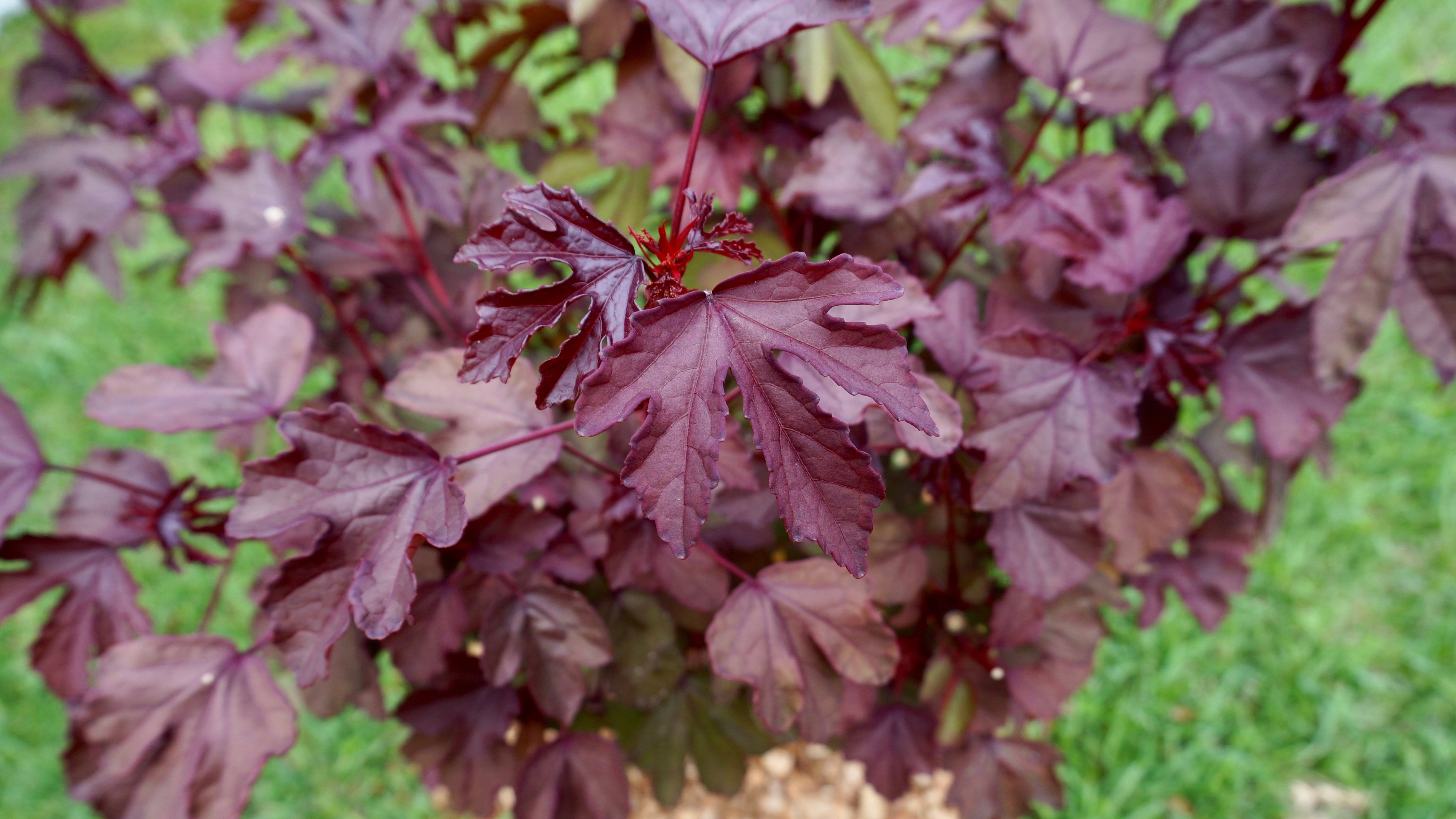
The cranberry hibiscus is one of my favorite perennial vegetables, mainly because it’s so easy to grow. As a bonus, its leaves are a beautiful purple color that stands out in the garden and on the dinner plate. It is most commonly known as “cranberry hibiscus” or “false roselle.” The cranberry hibiscus prefers to grow in full sun. It can tolerate shade, but it seems to be more susceptible to pests when grown in the shade.
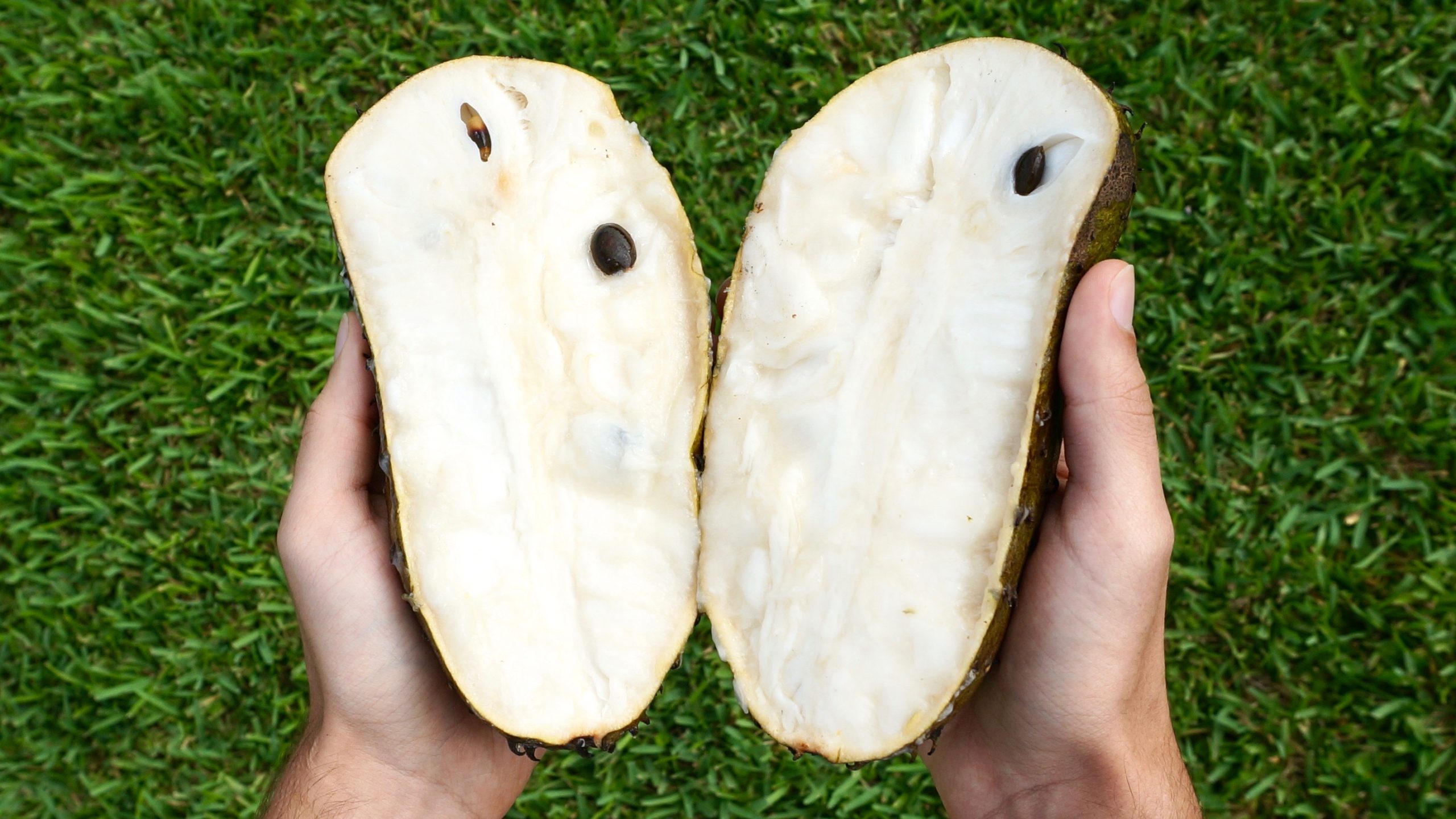
The soursop is a popular large tropical fruit. The flesh is creamy and white with a refreshing sweet and sour flavor. The soursop is known all across the tropical regions in America. In these regions it is called “guanabana,” It is believed to be native to the tropical Americas. This fruit tree is truly tropical. Young tress can be killed by frost and older trees will drop their leaves or die back.
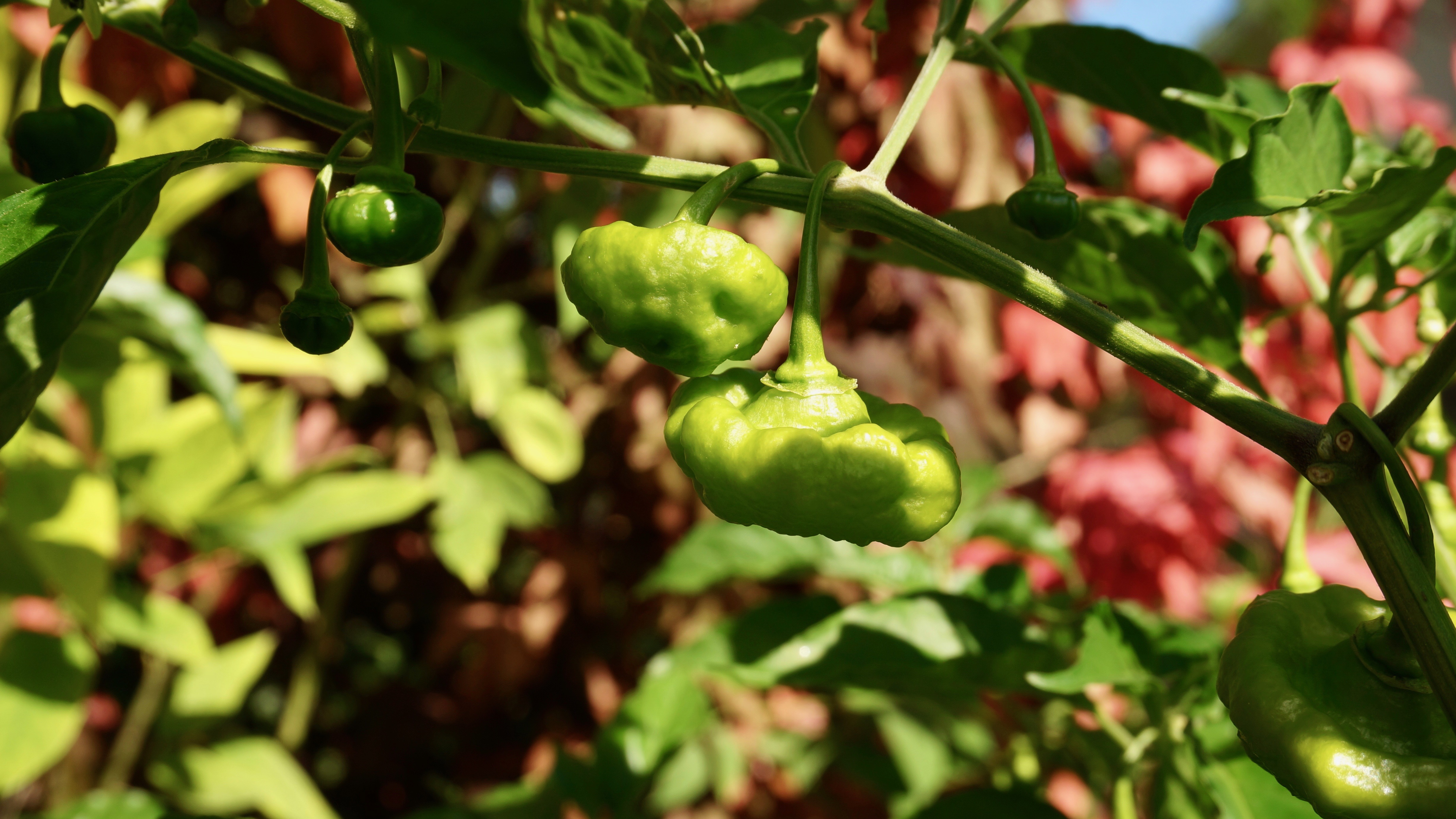
The ají cachucha is any small and perennial sweet chili pepper. In some areas, the name refers to a specific variety of sweet chili pepper. The variety I am growing is most commonly called ají cachucha in Cuba. The ají cachucha fruit is bright red when fully ripe. There can be many variations in fruit size from plant to plant, but the flavor and color will remain almost the same. The most common shape that is seen in the ají cachucha cultivars is a round flattened disk shape. However, some plants will produce rounder fruit.
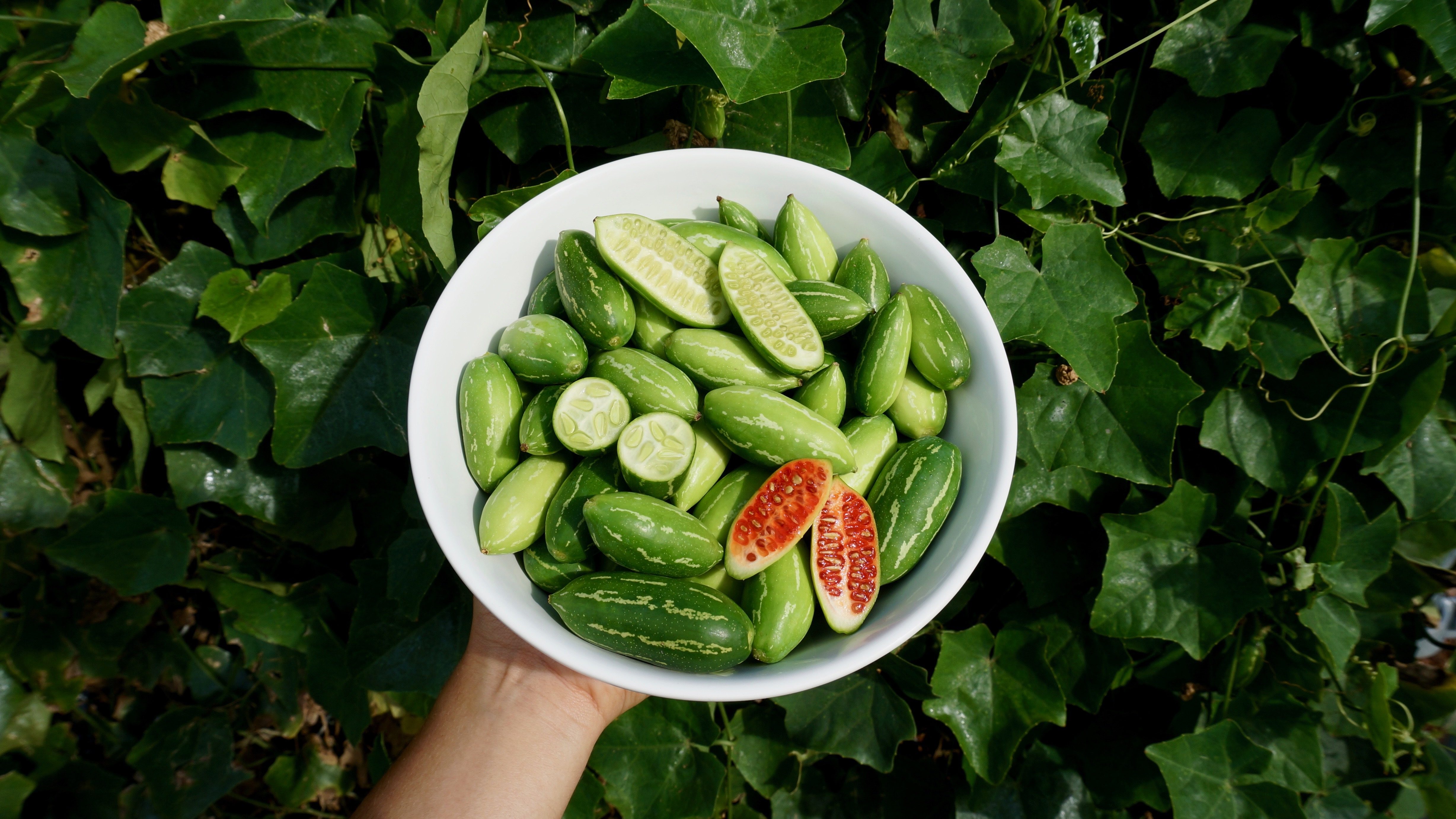
The tindora is a tropical vining plant that produces small fruit. The fruit can be eaten both while immature and mature. It is a vigorous perennial that readily grows from seed. The vine produces all year long in tropical regions, but production decreases during the colder months. When it is unripe the skin pattern resembles that of a watermelon and the inside of the fruit resembles that of a cucumber. As it matures the fruit begins to ripen and become very soft. The skin and flesh become a bright red color.
